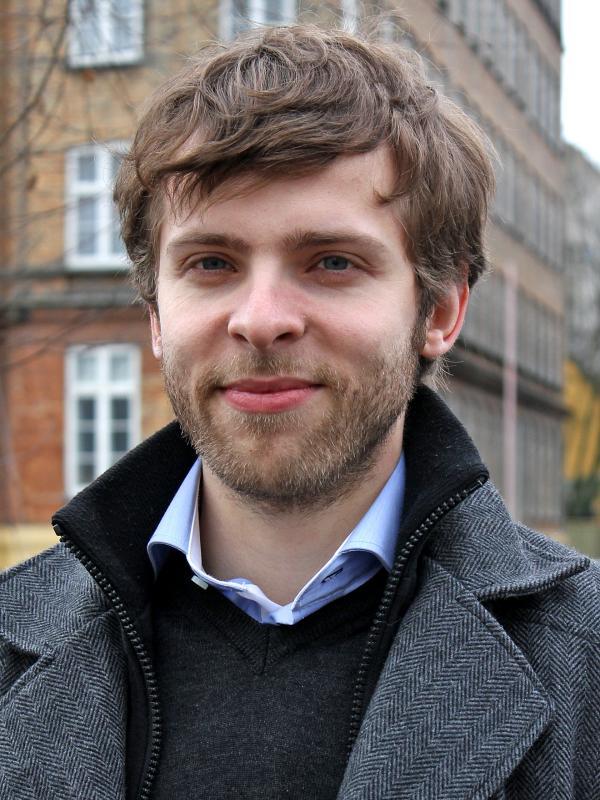Newsletter: Climate and security policy meet in the Arctic
Stockfish can become a thing of the past in Gjesvær, Nordkapp municipality in Finnmark. (Photo: Trine Jonassen, High North News)
Dear High North News reader! What happens in the Arctic does not stay in the Arctic. This has become a well-worn phrase whether one discusses climate changes or security politics. This is the past week as seen from the High North.
Danish Foreign Minister Jeppe Kofod has spent this autumn gathering the Danish Realm to one united front against the big powers, traveling the Realm to strengthen ties.
“Denmark, Greenland and the Faroe Islands must appear as one unified actor in order to avoid being played against each other by the superpowers”, says Mikkel R. Olesen, who does research on foreign policy and the Arctic.
In Norway, the government is to present a new whitepaper on the High North, some nine years after the previous Arctic strategy was launched. The prime minister, the foreign minister and ten other cabinet members are touring Northern Norway on 18 and 19 of September to receive their final input to the government's new whitepaper.
Modern polar expedition
“The High North is the government’s most important strategic area of interest. We want to promote and further develop a modern, vibrant and resourceful High North and to spread knowledge about how the Arctic is still characterized by stability and cooperation. We would like to hear from as many as possible about how to do this”, says Prime Minister Erna Solberg.
In his Friday commentary, our Editor-in-Chief Arne O. Holm compares the prime minister's strategic deployment of cabinet members in the High North to a modern polar expedition.
Climate and politics hand in hand
Climate changes and security politics go hand in hand now, and must be seen in relation to one another.
Millions of climate refugees, lost species and less fish to feed an increasing population. That is our future, unless emissions are cut on a global level, climate researcher Tore Furevik says.
With that, we at High North News wish you all the best for the coming week. Remember to let us know what happens in your Arctic!
Best regards,
Trine Jonassen
News Editor, High North News


